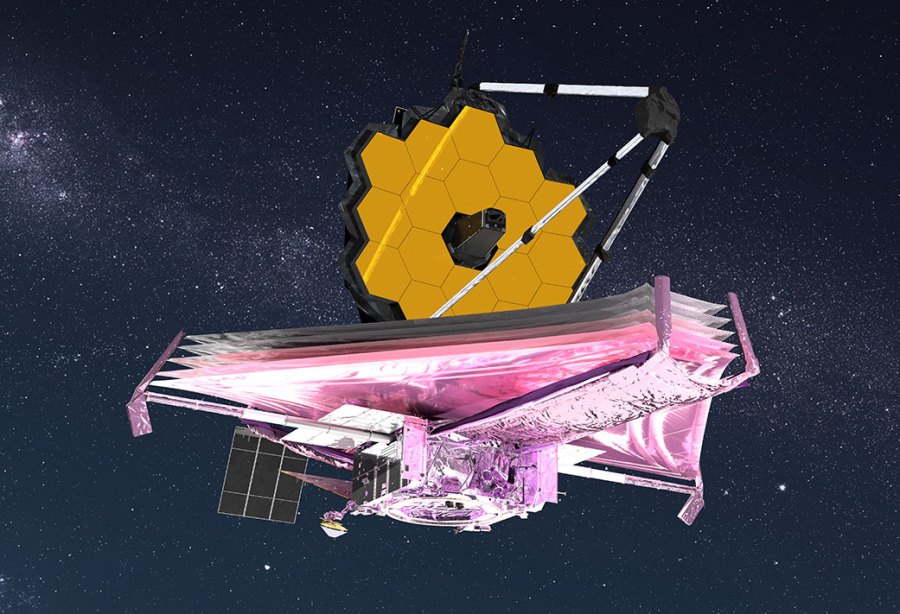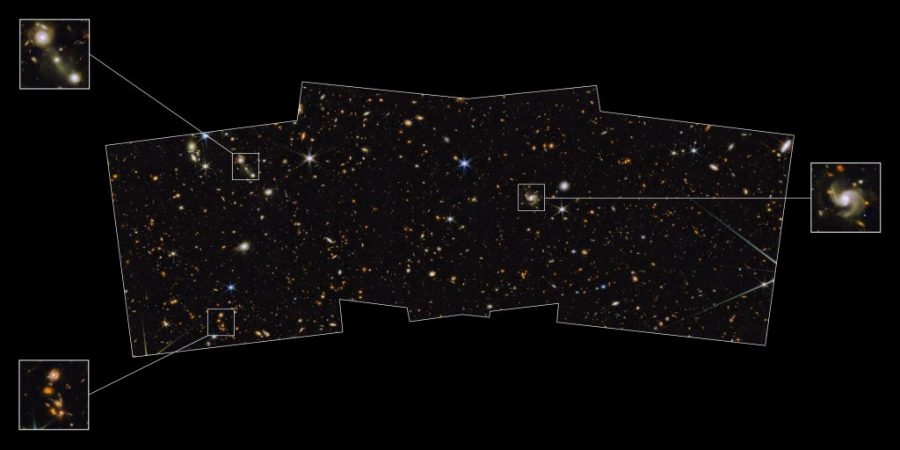The James Webb Space Telescope resumed science operations Dec. 20, after Webb's instruments intermittently went into safe mode beginning Dec. 7 due to a software fault triggered in the attitude control system, which controls the pointing of the observatory. During a safe mode, the observatory's nonessential systems are automatically turned off, placing it in a …
James Webb Space Telescope Operations Update































